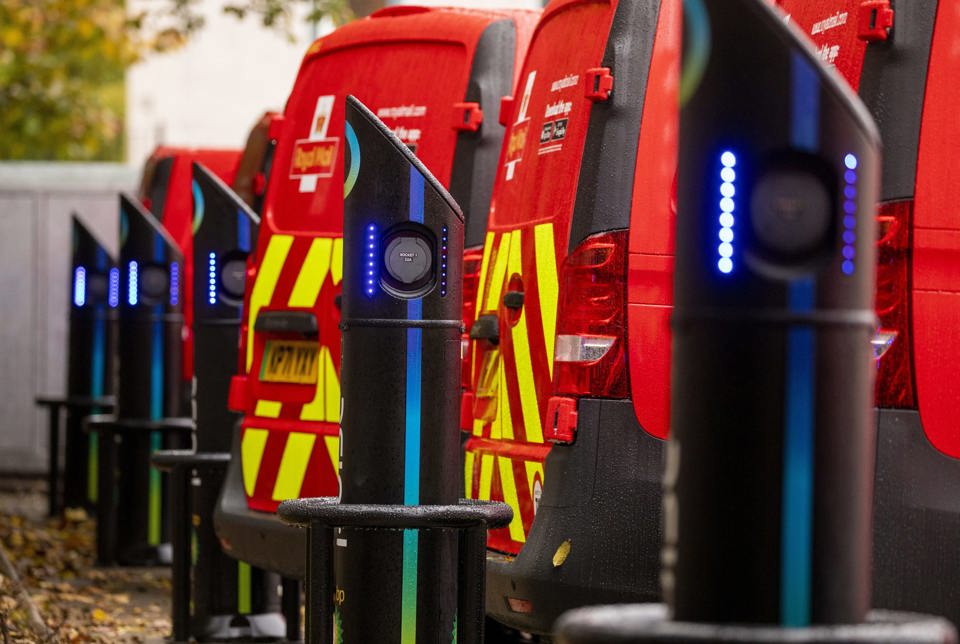With the adoption of electric vans lagging behind electric cars, the Government says it recognises the importance of the plug-in-van grant to helping fleets make the switch.
The Government withdrew the plug-in car grant (PiCG), which was worth up to £1,500 off an electric vehicle (EV), in June, last year.
Meanwhile, the level of the plug-in van grant was cut in December 2021. For small vans, 2.5 tonnes gross vehicle weight (GVW) or less, the grant had given consumers 35% off the purchase price up to a maximum of £3,000 but that was reduced to £2,500.
For larger vans, 2-3.5 tonnes GVW, the grant was also cut, from a maximum of £6,000 to £5,000.
There were no changes to grant rates for vehicles over 3.5 tonnes.
The Government confirmed in March 2022, that fleets would have access to the plug-in van and truck grants for an additional two years, until 2025.
Speaking this week, Lizzie Culwick, joint head of the Office for Zero Emission Vehicles (OZEV), said: “We do recognise that zero-emission vehicles do still currently have a higher upfront cost than then their petrol and diesel counterparts when they're new.
“We hope that the ZEV (zero emission vehicle) mandate will increase the volume and range of different models, and hopefully drive down costs as we move towards 2035.
“However, we know that the plug-in van grant continues to be an important mechanism for helping to reduce the upfront cost.”
Culwick, who was appearing on the most recent Fleets in Charge webinar, run by the British Vehicle Rental and Leasing Association (BVRLA), added: "We continue to keep all grants under review to make sure that they are delivering the policy intent that we want and continue to be value for money for the taxpayer, which is really crucial whenever you look at Government spend.”
However, she could not give any assurances over whether the policy would continue beyond 2025 when it is due to end.
OZEV announced in May that the annual end-user limit for plug-in van grant applications would be increased with immediate effect.
The limit on the number of applications a fleet is able to submit was raised by 50%, from 1,000 to 1,500 per financial year.
It said at the time that it wanted to ensure “best value” for money for the taxpayer as well as ensuring the plug-in budgets were protected and distributed as “fairly as possible”.
OZEV said that the change had been introduced in response to market conditions.





















Login to comment
Comments
No comments have been made yet.